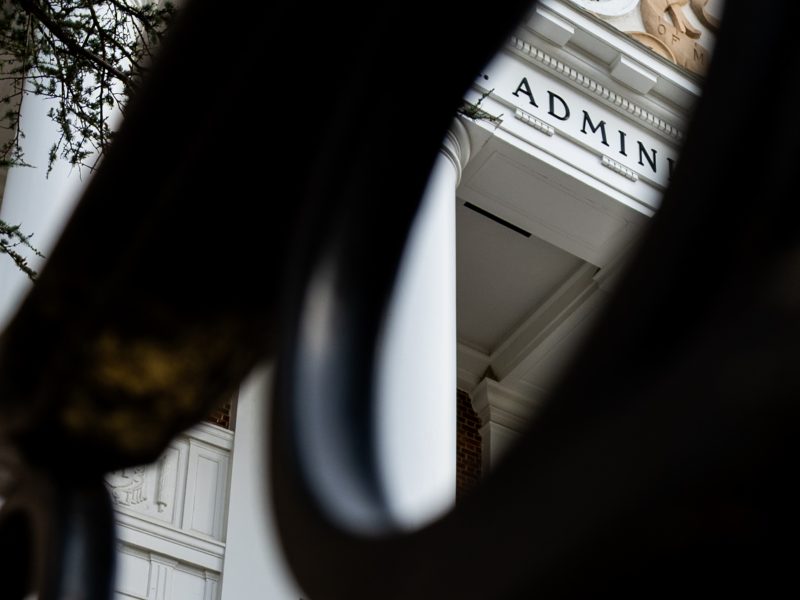As a top-flight research institution in a college town quite publicly on the rise, this university has found itself strengthening its reach and branching out into quite a few new ventures over the past several years.
Big-name donors have gifted the university millions to establish the Edward St. John Learning and Teaching Center and the Brendan Iribe Center for Computer Science and Innovation and renovate Cole Field House.
Off the campus, administrators have worked in tandem with the City Council to develop a joint vision for College Park’s downtown and business climate.
In short, the university has reaffirmed its commitment to providing a top-tier education while sponsoring economic development both locally and statewide.
Some obstacles to improving the university’s national profile still exist, though — ones the university can’t finagle its way out of with the help of a generous roster of financial backers and an entrepreneurial spirit alone.
Among the country’s flagship research programs of a similar caliber, this university falls among only a handful unaffiliated with a medical school and
law school.
Of the five Big Ten schools that beat out this university in U.S. News & World Report‘s public university rankings, all have associated law and medical schools.
In comparison, the University System of Maryland’s law and medical schools are located at the University of Maryland, Baltimore, also home to five other professional schools.
Last month, the state’s General Assembly unveiled a plan to address the anomaly in its University of Maryland Strategic Partnership Act of 2016, which would unify this university and UMB as one institution with two campuses and two presidents.
The two have tested the waters of such a partnership before under the MPower initiative, which since 2012 has linked this university with UMB’s medical and law programs. And if the widespread success of MPower is any indication, officials and students are right to jump at the chance to formalize a connection with UMB.
Joint research awards reached about $79 million over the three–year period since MPower first launched, good for an increase of 60 percent, according to the bill. Plus, if the universities pooled their total research expenditures, they would rank 12th in the nation in that category of spending.
The mutual benefits wouldn’t stop there, of course.
The bill includes plans for a Center for Maryland Advanced Ventures, which would pursue grant funding and handle the transfer of technology developed by the university to the private sector, and a Center for Economic Entrepreneurship Development, which would develop programs in virtual reality, neuroscience, data analytics and cybersecurity.
These cutting-edge facilities would offer the university another opportunity to create jobs and grow the state economy while preparing students for high-demand fields, fulfilling both facets of its mandate as a flagship institution.
Detractors have questioned whether the bill would reduce UMB’s autonomy and suggested that the College Park campus would be less equipped to tackle systemic issues in inner-city Baltimore.
The legislation addresses the former qualm by dispersing the centers it would create across both campuses and setting up a joint steering committee, though, and if the committee performs as advertised, it will work around the latter concern.
To the bill’s sponsors, university officials and the Student Government Association — as well as this editorial board — the move comes as a no-brainer. With the Strategic Partnership Act, the General Assembly has crafted legislation that’s a win for this university, UMB and the state alike.



